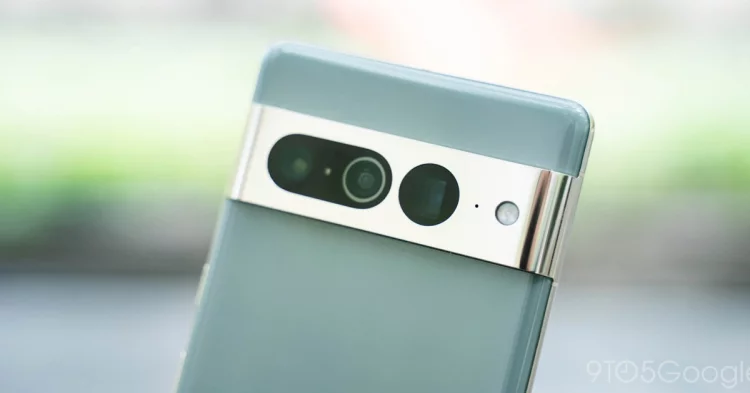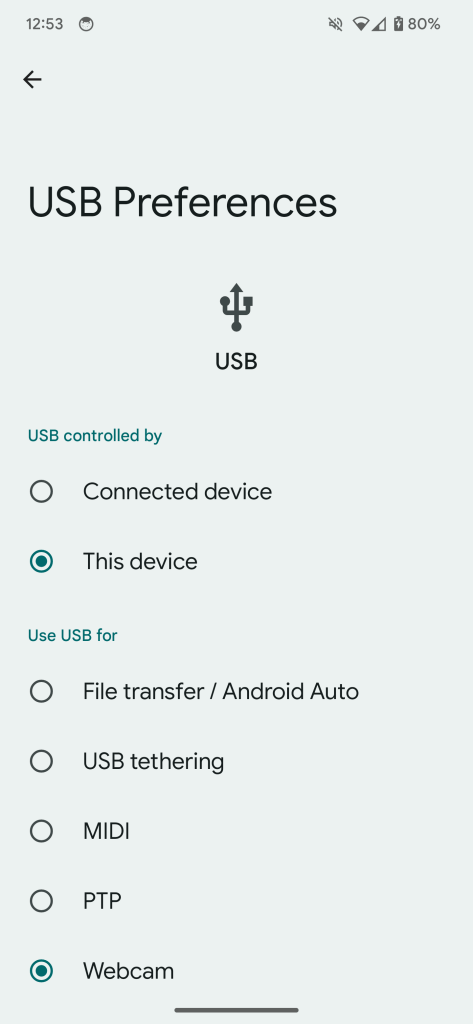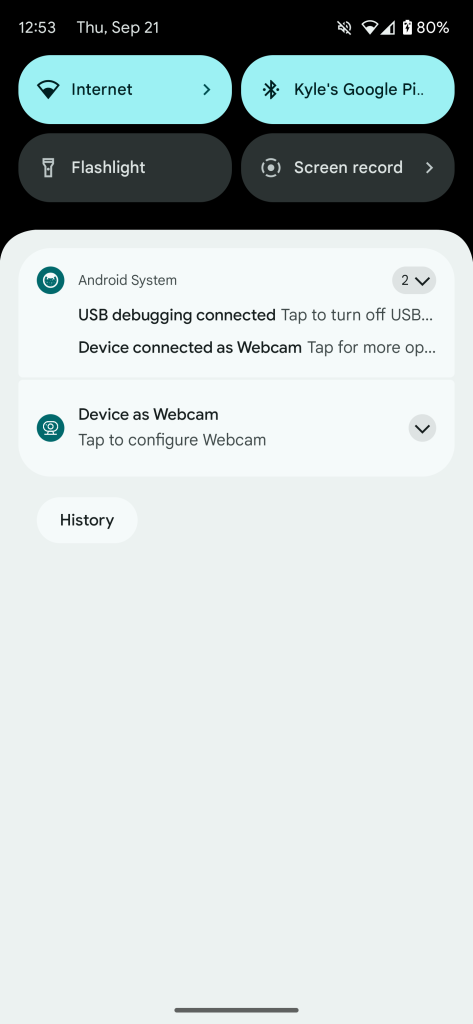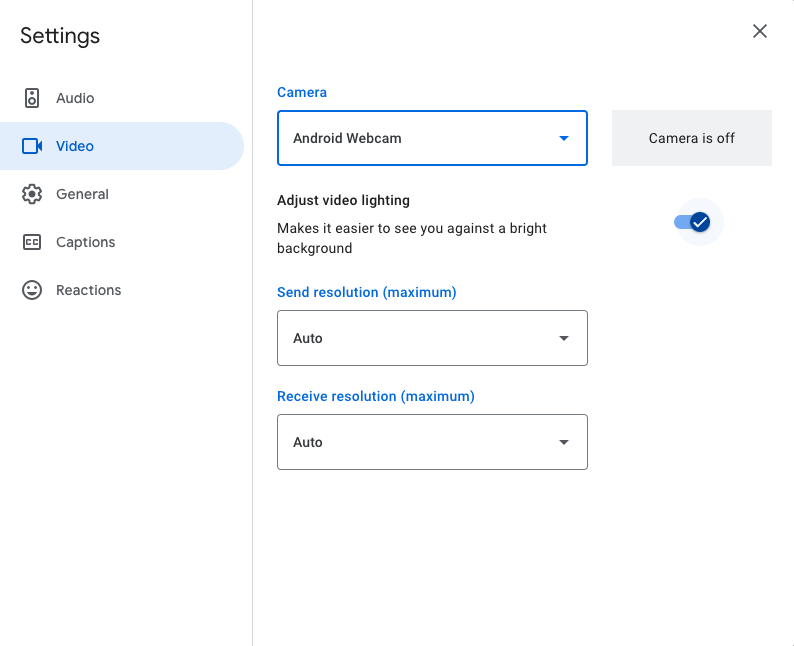Using my Pixel as a webcam on Android 14 QPR1 is a game-changer
With the arrival of Android 14 QPR1 Beta 1, some Pixel phones – and eventually other Android devices – can...


With the arrival of Android 14 QPR1 Beta 1, some Pixel phones – and eventually other Android devices – can now be used as a webcam for a PC, Mac, or Chromebook. This long-awaited feature is a real game changer, making high-quality video calls easy and affordable.
It was initially reported at the beginning of the year that Google was working on a way to easily use a modern Android device as a USB webcam. By comparison to the Continuity Camera feature available for those with a Mac and iPhone, Google built Android’s webcam capabilities on the USB Video Class (or UVC) standard. This means that any device that can handle a standard webcam can use an Android phone as one – there’s no ChromeOS-only restriction or anything of the sort.
After installing the Android 14 QPR1 Beta, most Pixel owners (more on this in a bit) should see a new option when plugging their phone into a computer. In the notification drawer, tap the usual notification for “Charging this device via USB.” Below the usual choices like “File transfer / Android Auto” and “USB tethering,” you’ll find a new option for “Webcam.”



This will trigger a new notification labeled “Device as Webcam.” Tapping this will bring you to a new app that lets you preview and tweak the video feed being sent to your computer. For example, you can tap to swap between 1.0x and 2.0x (digital) zoom, pinch to more finely adjust the zoom, or switch between the front- and rear-facing cameras. On the Pixel 7 Pro, there’s no option to use the built-in telephoto lens.
Once you have the zoom set up how you like it, you can safely lock your phone to conserve battery life. Android will continue sharing your video feed over USB. On your computer, in apps like Discord, Zoom, and Google Meet, you should see a new webcam option called “Android Camera.” And that’s really all there is to it – no complicated setup, just plug and play!
While Pixels may lag behind other smartphones in video quality, they still perform significantly better than the built-in webcam on almost any computer. You also get additional features, like auto-focus, that typically require a pricier external webcam. So, at no additional cost, you can majorly upgrade the quality of your future video calls using the phone you already have.


That said, there are other services available that accomplish this same goal. One such option, Camo Studio, works for free (albeit watermarking your video) without needing the absolute latest version of Android or any special device-specific requirements. Better yet, Camo Studio even includes the audio from your phone’s microphone, a feature not currently offered by Android 14 QPR1’s webcam. There’s a bit more setup (on your phone and PC) to get this all working correctly, though.
Despite that, I’ve still come away impressed by Android’s Device as Webcam effort by nature of just how simple it is. Just plug in one cable and tap two things on your screen, and you’re ready for a call.
While the professional world is still trying to fully transition back to the office, the reality is that working from home will continue to be prevalent for the foreseeable future. With this simple addition, more people can improve their appearance in conference calls (or online family meetups) without shelling out for an expensive USB camera.
Notably, we’ve successfully gotten the webcam feature running on the Pixel 7 Pro and Pixel 6 Pro, but the Pixel Fold currently seems to be excluded. This is particularly a shame, considering using the Pixel Fold in tabletop mode (halfway folded, seen below) would be ideal for setting up a good camera angle. That said, things are definitely still in development, so it’s possible that Google will enable the webcam feature for the Pixel Fold in a future beta update.

Looking beyond Google’s phones, nothing about Android 14 QPR1’s webcam feature suggests that it would be limited to Pixel phones. As OEMs steadily update their devices to Android 14 – whenever that actually begins – potentially choosing to include the enhancements of QPR1, we’ll likely see more phones work as USB webcams.
Have you installed the Android 14 QPR1 Beta onto your Pixel phone? If so, does the webcam feature appear for you and work correctly? Sound off in the comments below, and be sure to let us know which phone you’re using.
Dylan Roussel contributed to this article.

 oujisama
oujisama 












